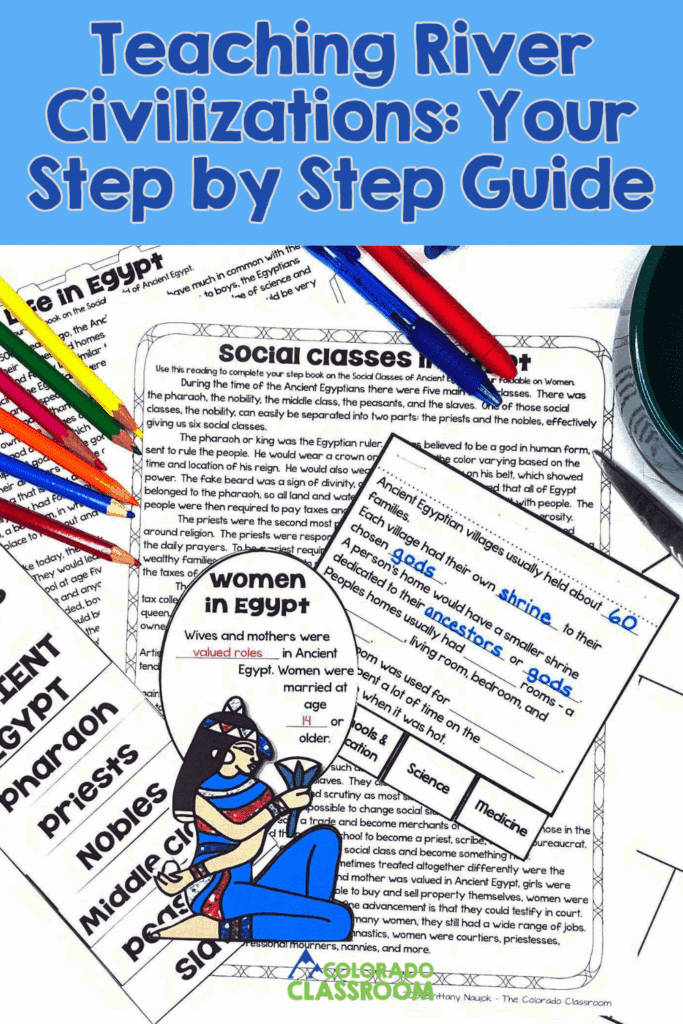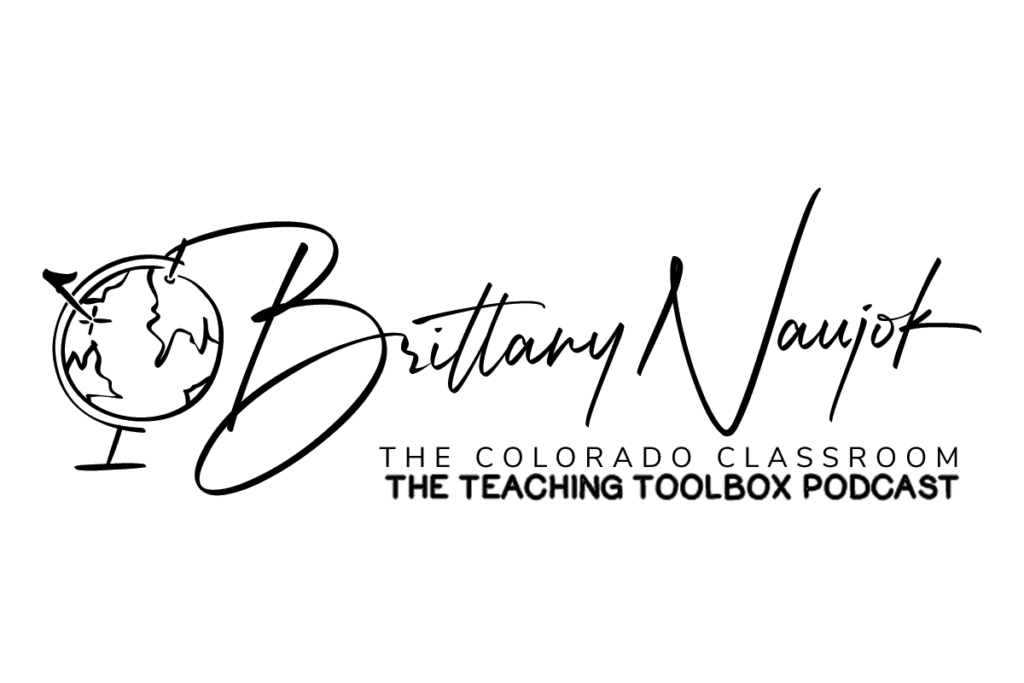Teaching River Civilizations: Your Step by Step Guide
Teaching ancient civilizations is one of my favorite parts of the school year. There’s something about diving into the mysteries of pyramids, ancient scripts, and early inventions that gets middle schoolers genuinely curious about the past. If you’re planning your Ancient History units and feeling a little overwhelmed about where to start or how to structure it all, you’re in the right place! I explain how to use the GRAPES framework (with a couple of extras) to help your students connect the dots from Mesopotamia to Rome. Whether you’re brand new to teaching ancient history or just looking to refresh your approach, this post will help you organize your instruction so it’s clear, purposeful, and engaging.
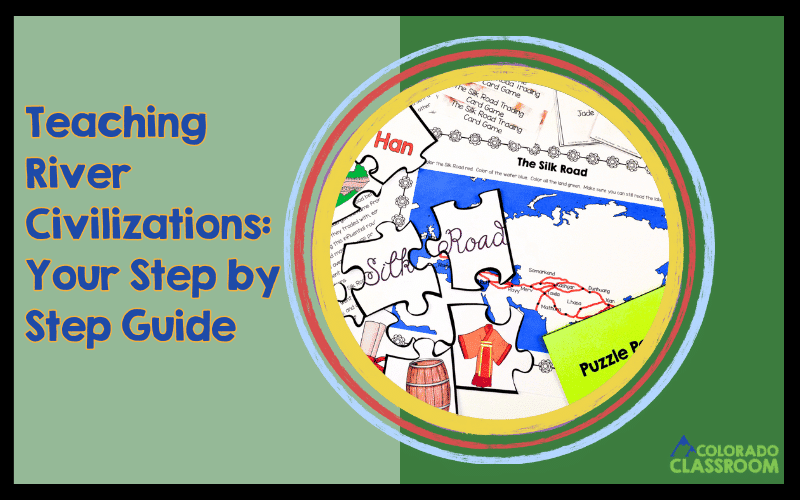
Let’s break it down step-by-step so you can feel confident in introducing the river civilizations and what to focus on along the way.
Teach River Civilizations in This Order for Maximum Impact
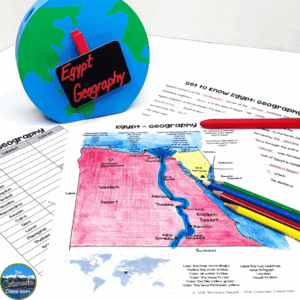
When it comes to teaching river civilizations, the order you introduce them can make a big difference. I’ve found that starting with Mesopotamia builds a strong foundation. It’s often considered the “cradle of civilization.” From there, I move into China, India, Egypt, Greece, and Rome, and, if your curriculum includes it, Israel. This order helps our students see the development of complex societies in a clear, historical flow.
What’s powerful about this sequence is that most of these civilizations formed along major rivers, such as the Tigris and Euphrates, Nile, Indus, and the Yellow River. Even Greece, while not a river civilization in the traditional sense, was deeply shaped by its proximity to water. By introducing river civilizations in this order, our students begin to notice patterns. They see how having access to water meant fertile land, trade routes, and, eventually, the growth of cities and governments.
Once we’ve explored these major societies, our students are in a great position to compare and contrast. They can make connections between different political systems, economic structures, and cultural beliefs. Along the way, they begin to see how ancient civilizations still influence us today. Starting with geography and moving through history logically helps our students build lasting knowledge rather than memorizing isolated facts.
Build a Strong Foundation With GRAPES
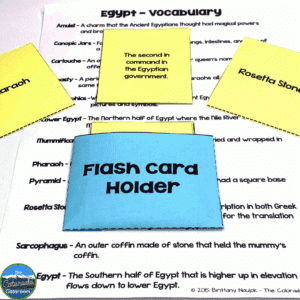
To really help my students understand each river civilization, I use the acronym GRAPES: Geography, Religion, Achievements, Politics, Economy, and Social Structures. It’s a handy way to organize your units. Once your students are familiar with it, they know what to expect with each new civilization.
I also sneak in a V and T, Vocabulary and Timeline, right after Geography. It may not sound as catchy, but it makes a big difference in comprehension for the remainder of the unit.
Are you ready to see how this all works together to build a solid unit? Keep reading!
Geography Comes First for a Reason
Teaching geography first lays the foundation for everything else. When our students know where things are and how the environment shaped a civilization, the rest of the content becomes much easier to understand.
I always begin with maps and lots of them! We explore rivers, mountains, deserts, and natural barriers. Depending on how deep you want to go, this part can take anywhere from one to five days. It’s a great time to incorporate map skills, current events, and even some discussion about how geography affects culture and survival.

I like to make this section hands-on. That might mean coloring maps, labeling rivers and mountains, or even doing map-based scavenger hunts.
You can decide how much depth you want to go into here. For some units, I’ll spend a single class going over the basics. For others, especially ones like Egypt or China with very distinct physical features, I might spend up to five days exploring geography. We’ll compare maps from then and now, talk about natural resources, and discuss how the environment influenced settlement and survival.
This is also a great time to set the tone for cross-curricular connections. For example, you might bring in science by discussing how floods and soil types impacted farming, or introduce math by calculating distances between cities. Geography doesn’t have to be just maps!
Make Vocabulary Interactive and Memorable
Once we’ve explored the physical landscape of a river civilization, I shift gears into vocabulary. This isn’t just about having our students copy down definitions. I want them to engage with the terms they’ll see throughout the unit in a way that sticks. That’s why I use a mix of word sorts, games, and visual aids. Before we dive into religion or politics, our students need to know the key terms they’ll encounter and when everything took place. I use vocabulary lists, flashcards, games, and word puzzles to make this part interactive.
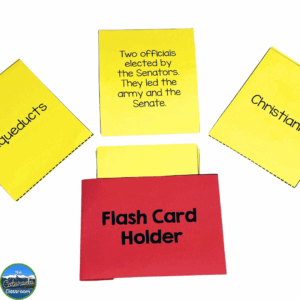
We start with a vocabulary list and break it into chunks. Flashcards are great for quick review sessions, but I also like to use interactive notebooks or digital tools like matching games. Word searches and crosswords make review fun without feeling like busywork. If we’re studying Mesopotamia, for example, I have students build a foldable with terms like “ziggurat,” “cuneiform,” and “polytheism” on one side and student-created definitions on the other.
Spending 2–5 days on vocabulary might feel like a lot at first, but it pays off. When our students already understand the terms, they’re not constantly stopping during readings or activities to ask what something means. It helps keep the momentum going and builds their confidence from the start.
Use Timelines to Anchor Historical Context
After vocabulary, we dive into the timeline. I want students to know when these civilizations existed and how they fit into the bigger picture of world history. We usually spend a couple of days putting historical events into context and seeing what else was happening. This activates background knowledge and helps our students develop a clearer sense of how history progresses.
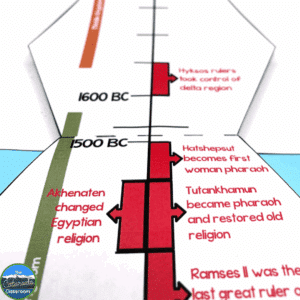
I always make timelines a visual experience. This helps my students grasp how long these river civilizations lasted and what was happening in other parts of the area or the world at the same time.
Sometimes, we create a master class timeline that grows with each new unit. Other times, I have students make their own individual ones. We include key dates, major events, famous leaders, and anything else we find meaningful. As we explore each of the river civilizations, I encourage my students to compare timelines of different civilizations to see overlaps or gaps.
Timelines offer more than just chronological structure. They help our students make real-world connections. For example, it puts everything into perspective when they realize the Indus Valley civilization was thriving while other parts of the world were just beginning to farm. Plus, it’s a great way to reinforce the cause and effect relationships we’ll study throughout the unit.
Teach Religion With Tools That Bring Ancient Beliefs to Life
When it’s time to teach about religion for the river civilizations, I like to keep things creative and visual. Our students are naturally curious about gods, goddesses, creation stories, and beliefs about the afterlife. Whether it’s the many deities of ancient Egypt or the religious rituals of ancient India, there’s no shortage of engaging content. I typically spend about three days on this section, giving my students plenty of opportunities to explore each belief system.

I use a mix of foldables, note-taking templates, slideshows, and student drawings to help them visualize different religions. For example, when we study Egypt, we’ll learn about gods like Osiris and Anubis and talk about how their mythology explains natural events. In Mesopotamia, we look at the relationship between religion and city-state leadership and how priests and kings both played powerful roles.
Religion is also a great chance to connect culture and daily life. I ask questions like: “How did religion influence their laws?” “What kind of afterlife did they believe in?” “How did religion guide their architecture or art?” These discussions help our students understand that religion wasn’t just something people believed in. It shaped how they lived every day in each river civilization.
Highlight Achievements Without Overwhelming Students
The Achievements section of river civilizations units might be short, but they’re full of jaw-dropping moments. We’re talking about the invention of writing in Mesopotamia, the creation of paper in China, the engineering feats of Rome, and the stunning pyramids of Egypt. Even if you only spend a day or two here, you can still make it memorable and meaningful.
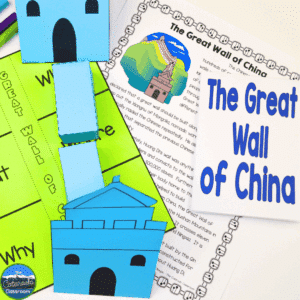
I like to start with short readings or videos that spotlight key accomplishments. Then, we dive into activities like foldables or card sorts, where I have students match the invention to the civilization. It’s amazing how many students remember things like “cuneiform”, “aqueducts”, or the “Great Wall” when they’ve pieced the information together themselves in a hands-on way.
This is also a great opportunity to let our students explore what they’re most interested in. Some might want to learn more about architecture, while others are drawn to early technology or art. Giving our students the chance to research one specific achievement and present it to the class creates buy-in. It also helps them remember that these ancient people were innovators, shaping the future.
Plan Extra Time for the Politics of River Civilizations
Politics is where things really get deep. River civilizations developed all kinds of political systems, from pharaohs and dynasties in Egypt to democratic beginnings in ancient Greece. Some river civilizations were ruled by kings, others by councils, and some, like Rome, went through dramatic changes over time. Since this topic varies so much, I usually plan for 3 to 7 days, depending on the civilization.

I try to make this content more than just a list of rulers or government types. We look at how political systems developed, why they changed, and what made them work or not. In Egypt, we explore dynasties and the connection between religion and rule. In Greece, we dig into the different city-states and how democracy took root. For Rome, we talk about the shift from republic to empire and what that meant for ordinary citizens.
Politics also opens the door to discussion. Our middle schoolers love to debate, so why not use that to our advantage? They end up enjoying debating about who had more power: Pharaohs or citizens? Kings or priests? It’s an excellent chance to build critical thinking.
Keep the Economics of the River Civilizations Simple
Economics might not be the flashiest part of river civilizations, but it’s essential for understanding how these societies functioned. I keep this section short, usually just one or two days. I make sure it connects back to everything else we’ve talked about. After all, you can’t talk about trade without geography or labor without social structure.

We go over how people in the river civilizations made a living. Did they farm? Trade? Use money or barter? I’ll have my students create little market scenes or draw diagrams showing the flow of goods. When we study the Silk Road during China or trade along the Nile in Egypt, it starts to click for them how interconnected these societies were, even back then.
I also like to bring in some modern comparisons. What does trade look like today versus back then? How did currency evolve? These conversations help our students see that economic systems, while sometimes tricky to understand, are a core part of every civilization, ancient or modern.
Social Structures Within the River Civilizations
Social structures are one of the most relatable parts of studying the river civilizations. Our students tend to be interested in how people lived, how societies were organized, and how power was distributed. I love watching for their reactions as they learn interesting facts about their way of life or make a connection to how we live today. This topic often sparks great discussion, and because there’s so much depth, I plan for at least 5–8 days here.

We explore family roles, the place of women, class systems, and the treatment of enslaved people or conquered people. In Rome, for instance, we look at the divide between patricians and plebeians. In India, we explore the caste system. These topics are supported well with graphic organizers, simulations, and even short skits or journal entries where our students write from the point of view of someone in that society.
This section is also where I let my students dig deeper into unique cultural traits. Whether it’s women rulers in Egypt, gladiator games in Rome, or the Olympics in Greece, these are the stories our students remember. It’s also a good time to talk about change over time. We look at how social roles evolved and what that tells us about a civilization’s values and struggles.
Don’t Forget the Unique Pieces of The River Civilizations
While the GRAPES framework gives you a solid structure for teaching any river civilization, some of the most engaging lessons come from diving into the unique pieces of each one. These are the moments that really stick with our students. The stories and symbols that set one civilization apart from the next.
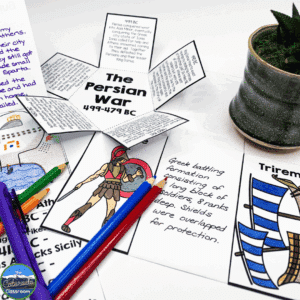
Wars, for example, can be powerful teaching tools. You can tie them into economics by discussing resources and conquests or into politics by focusing on leadership and alliances. Whether you’re covering the Peloponnesian War in Greece or Roman military expansion, these events help our students understand the causes and consequences of conflict and how they shaped a civilization’s development.
I also like to dedicate time to famous landmarks or cultural touchpoints. These might fit under achievements or politics, but you can give them their own spotlight, too. Think along the lines of the Terracotta Army in China, the rise of Christianity in the Roman Empire, the origin of cities in Mesopotamia, or the birth of the Olympics in Greece. These lessons can be hands-on, creative, and discussion-based. They are perfect for pulling our students deeper into the world of the river civilizations. We’re helping our students see history as a story worth remembering.
Ready to Teach River Civilizations With Confidence?
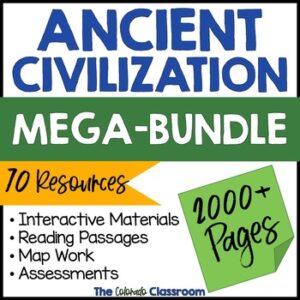
If you’re excited to dive into the world of river civilizations but want all your materials in one place, you’ll love my Ancient Civilizations Mega Bundle. It’s packed with everything you need to teach the ancient civilizations, such as Ancient Egypt, Mesopotamia, Ancient Greece, Ancient Rome, Ancient China, and Ancient India.
Inside this bundle, you’ll find six main interactive notebooks that bring each civilization to life. There are readings, foldable activities, writing prompts, map tasks, graphic organizers, thinking maps, and more. I designed all of these to make your job easier and your students more engaged. Whether you’re tackling geography or diving into achievements, it’s all laid out in a way that makes sense for the classroom.
Each of the river civilizations also comes with extra tools to enrich your teaching. Bingo games, geography review activities, quiz-style games, and other helpful files that make review and assessment more fun and effective. If you’re looking for a comprehensive resource to support your entire unit on river civilizations, this bundle has you covered!
Make River Civilizations A Memorable Part of the Year
Teaching river civilizations can become one of the most impactful parts of your social studies curriculum when it’s done with purpose and structure. With the GRAPES framework, a thoughtful teaching order, and space for those cultural moments, you’ll build lessons your students will actually remember. These early river civilizations shaped the world we live in. Now, you get to bring their stories to life in a way that inspires curiosity, connection, and a love for learning.
Save for Later
Planning your ancient river civilizations unit? Don’t lose this post! Save it to your favorite teaching board so you’ll have a clear roadmap, engaging ideas, and helpful tips at your fingertips when it’s time to dive into river civilizations with your students.
